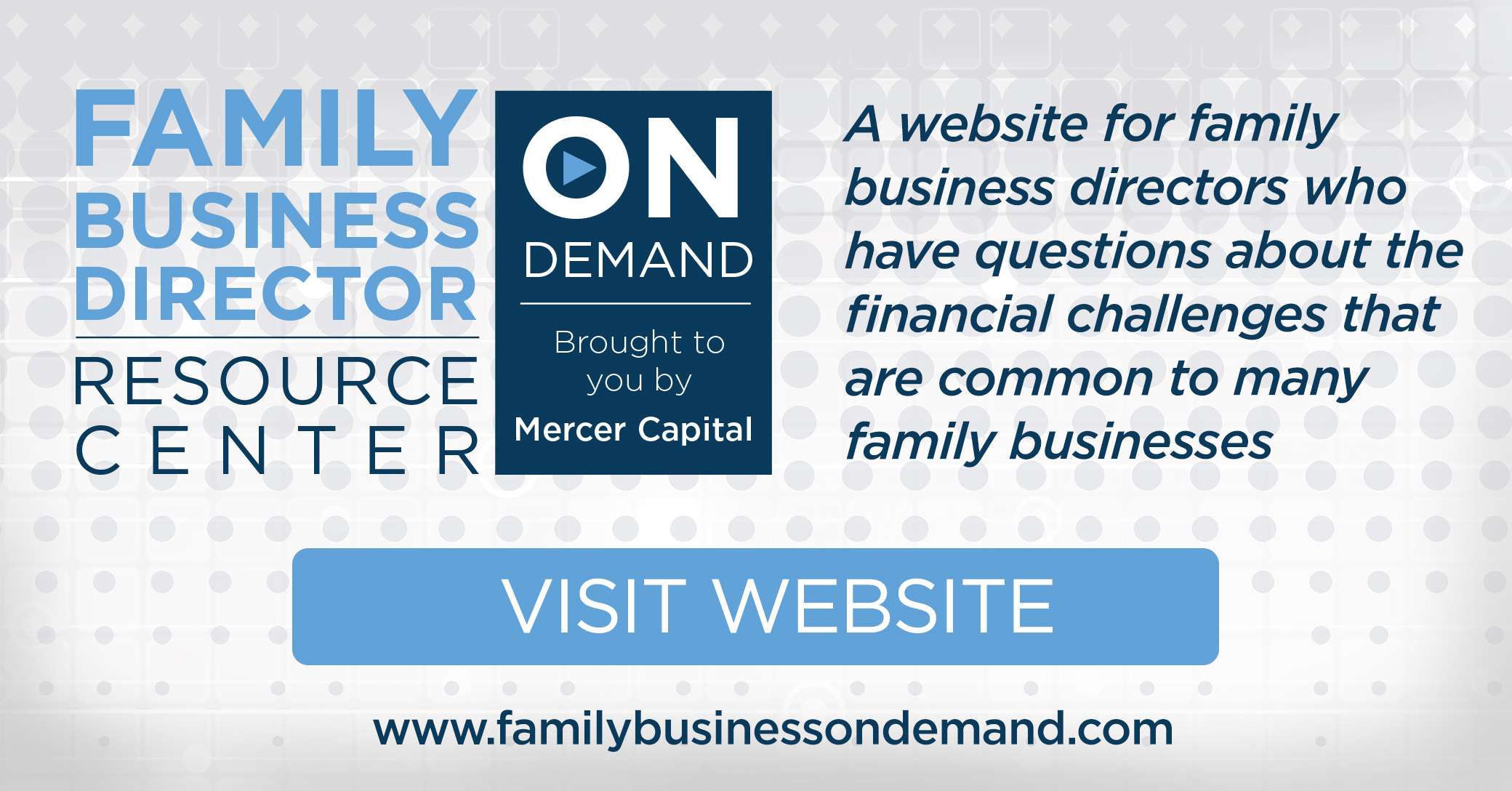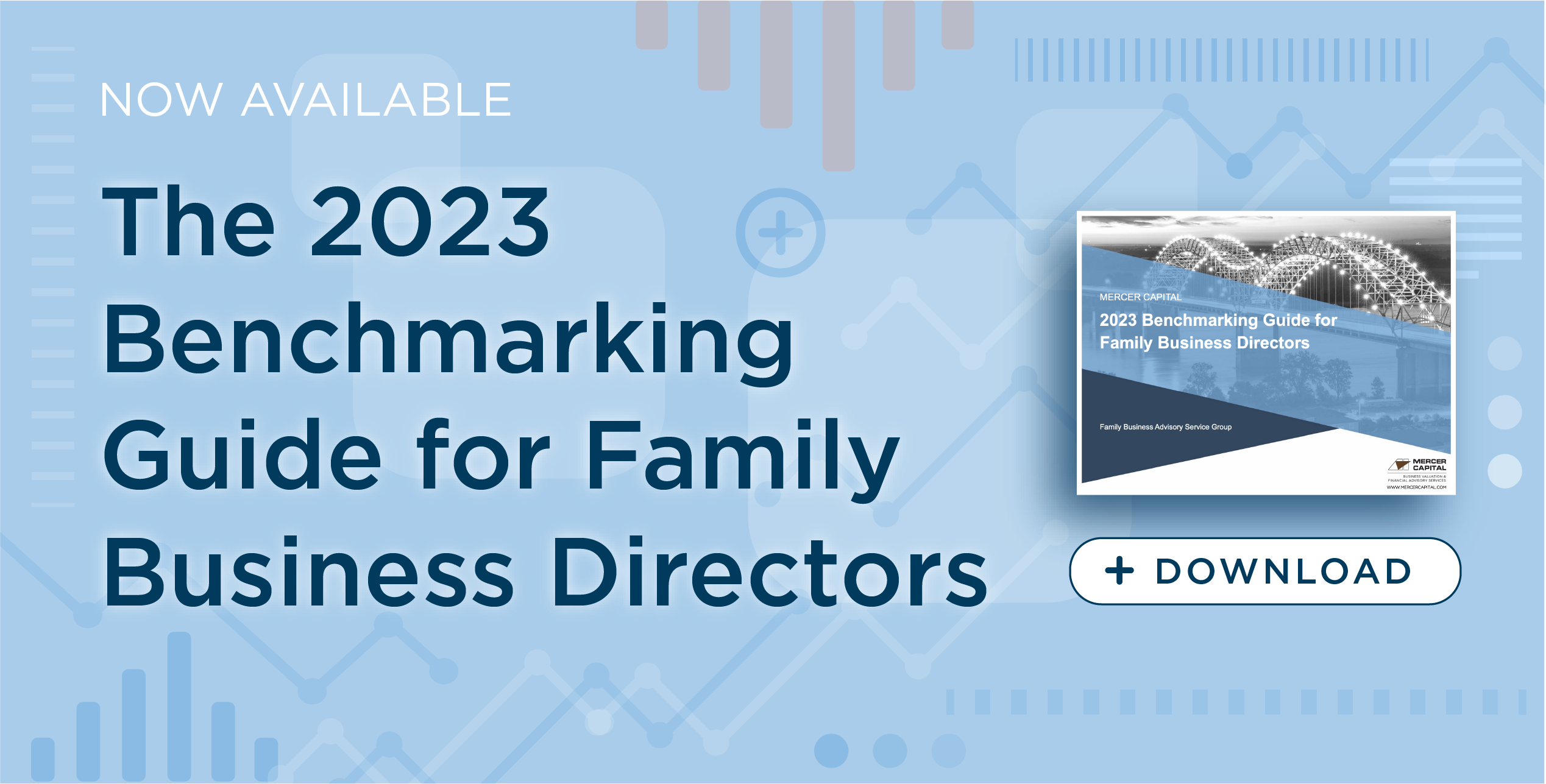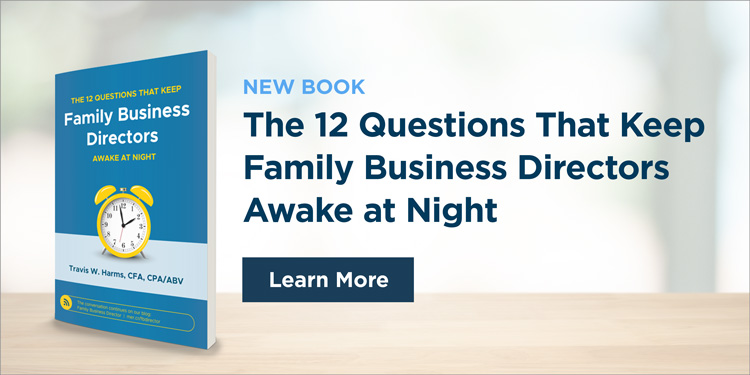There are many reasons family members may want to sell shares: desire for diversification, major life changes, funding for estate tax payments, starting a new business, or funding other major expenditures. What is the best way to provide liquidity to family shareholders on fair terms without sparking a run on the bank?
Blog
Family Business Director
Corporate Finance & Planning Insights for Multi-Generational Family Businesses
FAQ: How Should Financing Affect Capital Budgeting Decisions?
Family business directors must properly distinguish between capital structure and capital budgeting decisions to make the best decisions. In this week’s post, we answer a frequently asked question that leads us into a discussion of what is known as the “separation principle.” In short, what are the relevant cash flows for capital budgeting analysis? And, when is it appropriate to combine investing and financing decisions? If you have ever struggled with these questions, this week’s post has the answers you need.
Five Reasons Your Family Business Should Focus on ROIC
Return on invested capital is not a silver bullet – it will not solve all of the challenges facing your family business. However, when we let the data speak for itself, the benefits of ROIC are undeniable. This week, we identify five reasons family businesses should focus on ROIC.
Are Metrics Really Undermining Your Family Business?
This month’s cover story in the Harvard Business Review takes aim at the misuse of metrics in businesses, highlighting the tendency of leaders to confuse numbers with strategy. In this post, we consider how to apply the authors’ suggestions in the context of family businesses.
Family Business Industry Spotlight: Auto Dealer Industry
This week’s post is a part of a periodic series called “Family Business Industry Spotlights.” In these posts, we will share conversations with our family business advisory professionals who have deep experience working with family businesses in a particular industry. We think the conversations promise to be of interest to family business directors regardless of their industry. This week, we talk with Scott A. Womack about the challenges and industry trends facing families in the Auto Dealer Industry.
A Guide to Corporate Finance Fundamentals
Part 4 | Finance Basics: Distribution Policy
This post is the fourth and final installment from our Corporate Finance in 30 Minutes whitepaper. In this series of posts, we walk through the three key decisions of capital structure, capital budgeting, and dividend policy to assist family business directors and shareholders without a finance background to make relevant and meaningful contributions to the most consequential financial decisions all companies must make. This week, we focus on distribution policy.
Buying Off the Discount Rack?
Recent headlines around publicly-traded family business Nordstrom, Inc. illustrate the challenges family business directors face when making hard decisions about family management, stock ownership, and whether to sell the family business. In this post, we take a closer look at where Nordstrom finds itself, and the range of options available to the directors for moving forward.
Return on Invested Capital: Digging a Little Deeper
The best performance metrics address not just “what” performance has been in the past, but reveal the “why” behind that performance and give direction for “how” to improve performance in the future. In last week’s post, we introduced return on invested capital (ROIC) as a comprehensive performance measure for family businesses. In this week’s post, we will dig a little deeper with ROIC, demonstrating how we can use ROIC to answer the “what,” “why,” and “how” questions for your family business.
And Now You Know… The Rest of the Story
Revenue growth and profitability are critical measures for the health of any family business, but by themselves, they tell only half of the story. As a family business director, you need the whole story. We’re not aware that Paul Harvey was a financial analyst, but if he were, we suspect his favorite performance metric would have been return on invested capital, because it tells you the rest of the story.
A Guide to Corporate Finance Fundamentals
Part 3 | Finance Basics: Capital Budgeting
This post is the third of four installments from our Corporate Finance in 30 Minutes whitepaper. In this series of posts, we walk through the three key decisions of capital structure, capital budgeting, and dividend policy to assist family business directors and shareholders without a finance background to make relevant and meaningful contributions to the most consequential financial decisions all companies must make. This week, we focus on capital budgeting.













